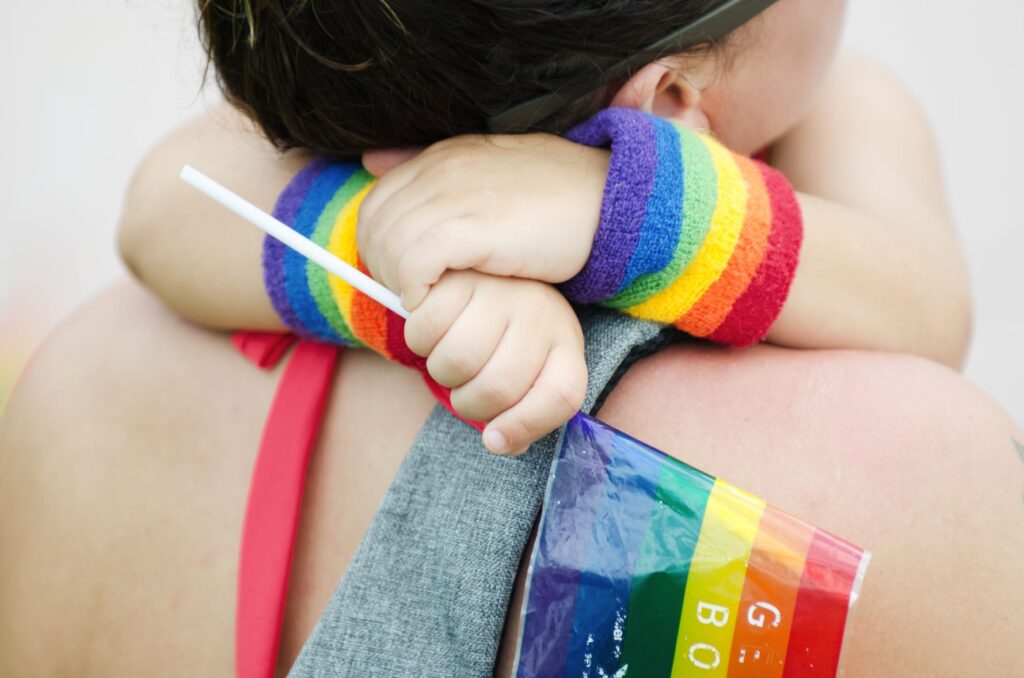
Before discussing gender concerns it is helpful to define common terms:
Gender non-conformity: refers to the extent that a person’s gender identity, role or expression, differs from cultural norms.
Gender identity: category of social identity of the public and lived role that the young person inhibits. Typically this is male, female or non-binary (identified as neither male or female).
Gender dysphoria: refers to a severe incongruence between a persons expressed gender and assigned gender, or biological sex, of at least 6 months duration and manifests itself diffidently in different age groups.
Transgender: refers to the broad spectrum of individuals who identify with a different gender to their biological sex.
Gender concern: refers to young people who are questioning whether their gender identify matches the sex to which they were born. Experiencing this mismatch can cause extreme anxiety for a young person and their family.
Prevalence of Gender Dysphoria
Rates of persistence of gender dysphoria from childhood vary. Gender dysphoria will persist 2.2-30% in those born male while 12-50% will persist in those born female.
Common traits
A pre-pubescent young person who was born female with gender dysphoria may experience distress at the growth of secondary sex characteristics such as breast development or express that they wish to be a boy, dress in boys clothing and insist that they will grow to be a man. Usually they display intense negative reactions to caregivers attempts to get them to dress in girls clothing and may refuse to attend school or social events unless dressed in male attire. They show little interest in stereotypically feminine games or toys and prefer stereotypically male games and toys.
A pre-pubescent young person who was born male with gender dysphoria may express the wish to be a girl and may asset that they will grow to be a woman. They have a preference for dressing in woman’s clothing or may improvise clothing to be more feminine. They may role play being female figures and prefer traditional feminine activities, stereotypical female games and toys with girls being the preferred playmates. They avoid rough-and-tumble play stereotypically masculine toys and games. Some may also pretend not to have a penis and may sit to urinate.
Young adolescents may differ slightly in that those with gender dysphoria may experience the above but may also become more concerned with the imminent changes that occur as secondary sex characteristics develop. For example they may become preoccupied with breast growth or the deepening of their voice.
Developmental trajectories
Early onset gender dysphoria starts in childhood and continues into adolescence or adulthood.
Late onset gender dysphoria occurs around puberty or much later in life. Some of these individuals report having had a desire to be of the other gender in childhood that was not expressed verbally to others, while others do not recall any signs of childhood gender dysphoria.
Other conditions associated with Gender Dysphoria
Clinically referred young people with gender dysphoria show elevated levels of anxiety, disruptive and impulse-control behaviours and depressive disorders. There is also a higher incidence of Autism Spectrum disorders.
Treatment
Evidence-based guidelines stipulate that the treatment of gender concerns or gender dysphoria take an affirmative approach. The goal of this model is to listen to the young person and, with the help of caregivers, explore with the child who they are as a person and what they are trying to communicate about themselves. It is founded on the premise that no gender identity or expression is any more valid or normal that any other.
